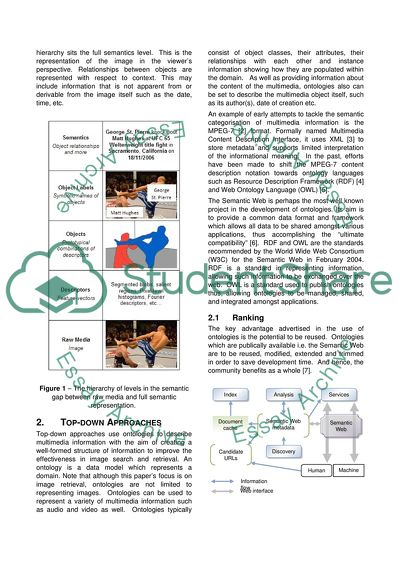Cite this document
(Important Semantics of the Image Retrieval Essay, n.d.)
Important Semantics of the Image Retrieval Essay. https://studentshare.org/psychology/1705986-whats-the-big-picture-the-semantic-gap-in-image-retrieval
Important Semantics of the Image Retrieval Essay. https://studentshare.org/psychology/1705986-whats-the-big-picture-the-semantic-gap-in-image-retrieval
(Important Semantics of the Image Retrieval Essay)
Important Semantics of the Image Retrieval Essay. https://studentshare.org/psychology/1705986-whats-the-big-picture-the-semantic-gap-in-image-retrieval.
Important Semantics of the Image Retrieval Essay. https://studentshare.org/psychology/1705986-whats-the-big-picture-the-semantic-gap-in-image-retrieval.
“Important Semantics of the Image Retrieval Essay”. https://studentshare.org/psychology/1705986-whats-the-big-picture-the-semantic-gap-in-image-retrieval.


